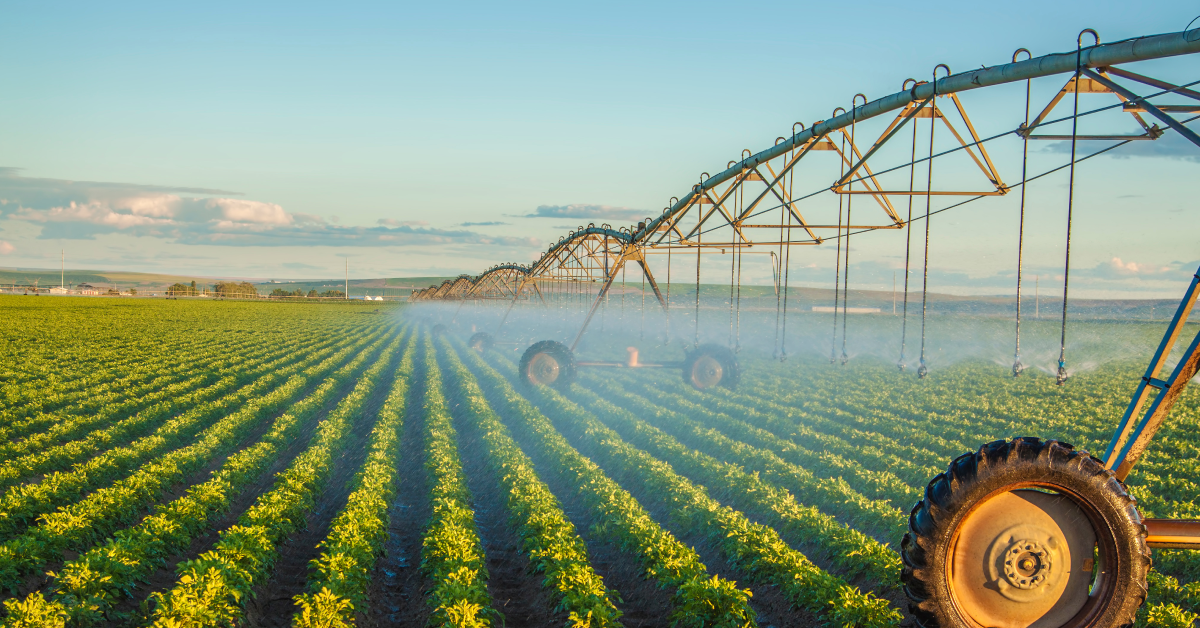Integrating fertilization with irrigation systems is an effective strategy that optimizes plant growth and health while ensuring efficient water use. This approach allows for the direct delivery of nutrients to the root zones of plants, maximizing their potential. In this article, we’ll provide you with essential tips on how to successfully integrate fertilization with irrigation systems, enabling you to enhance your gardening or farming practices.
Understanding the Benefits
It is crucial to understand the benefits of integrating fertilization with irrigation systems. This combination not only saves time but also reduces labor costs and enhances nutrient uptake by plants. When fertilizers are applied through irrigation, they dissolve in the water and are transported directly to the roots. This method significantly minimizes nutrient loss due to runoff and evaporation, ensuring that plants receive the maximum benefit from the fertilizers used.

Choosing the Right Fertilizers
Choosing the appropriate fertilizers is a fundamental step in the integration process. Soluble fertilizers are particularly suitable for this purpose, as they dissolve easily in water. These fertilizers are available in various formulations, including liquid and granular types, and provide essential nutrients such as nitrogen, phosphorus, and potassium. Organic options are also available and can be advantageous for both the soil and the environment.
Selecting the Right Irrigation System
Next, selecting an appropriate irrigation system is essential for effective integration. Drip irrigation is often the preferred choice for combining fertilization with irrigation systems. This method delivers water directly to the plant roots, minimizing water waste and allowing for precise nutrient application. While other systems, such as sprinkler or surface irrigation, can also be utilized, they may not be as efficient in delivering fertilizers.
Setting Up a Fertilizer Injector
To facilitate the integration of fertilization with irrigation systems, installing a fertilizer injector can be highly beneficial. This device allows for the mixing of liquid fertilizers with water as it flows through the irrigation system. By adjusting the injector settings, one can control the concentration of nutrients applied to the plants. It is essential to follow the manufacturer’s instructions for proper installation and operation to ensure the injector functions effectively.
Timing the Application
Timing is a critical aspect of successfully integrating fertilization with irrigation systems. Fertilizers should be applied when plants are actively growing to maximize nutrient uptake. Typically, this means fertilizing during the early morning or late afternoon when temperatures are cooler, and evaporation rates are lower. Additionally, fertilizers can be applied before or after watering, depending on the specific needs of the plants and the type of fertilizer being used.
Monitoring Nutrient Levels
Monitoring nutrient levels in the soil is essential for effective fertilization integration. Conducting soil tests helps determine existing nutrient levels and the pH of the soil. Based on these results, adjustments can be made to the fertilization strategy to ensure plants receive the appropriate nutrients. Regular monitoring prevents over-fertilization, which can be detrimental to both plants and the environment.
Adjusting Watering Practices
When integrating fertilization with irrigation systems, it may be necessary to adjust watering practices. It is important to align the irrigation schedule with the timing of fertilizer applications. For instance, if fertilizers are applied through the irrigation system, reducing the amount of water applied on those days can help prevent nutrient leaching. Such adjustments ensure that nutrients remain available to the plants.
Understanding Plant Requirements
Each plant species has unique nutrient requirements. To effectively integrate fertilization with irrigation systems, it is vital to understand the specific needs of the plants in your garden or farm. For example, leafy greens may require higher nitrogen levels, while flowering plants often benefit from increased phosphorus. By tailoring the fertilization strategy to the specific needs of the plants, one can enhance their growth and overall yield.
Maintaining the Irrigation System
Proper maintenance of the irrigation system is crucial when integrating fertilization with irrigation systems. Regular checks for clogs, leaks, and other issues are necessary to ensure system efficiency. Cleaning filters and flushing the system can help prevent the buildup of fertilizers and debris. This maintenance guarantees that both water and nutrients are delivered effectively to the plants.
Conclusion
In conclusion, integrating fertilization with irrigation systems is a valuable practice that can significantly enhance plant growth and health. By understanding the benefits, selecting the right fertilizers, and choosing appropriate irrigation systems, individuals can nourish their plants while conserving water. Regular monitoring and necessary adjustments will further improve the effectiveness of an integrated system, resulting in healthier and more productive gardens or farms.




